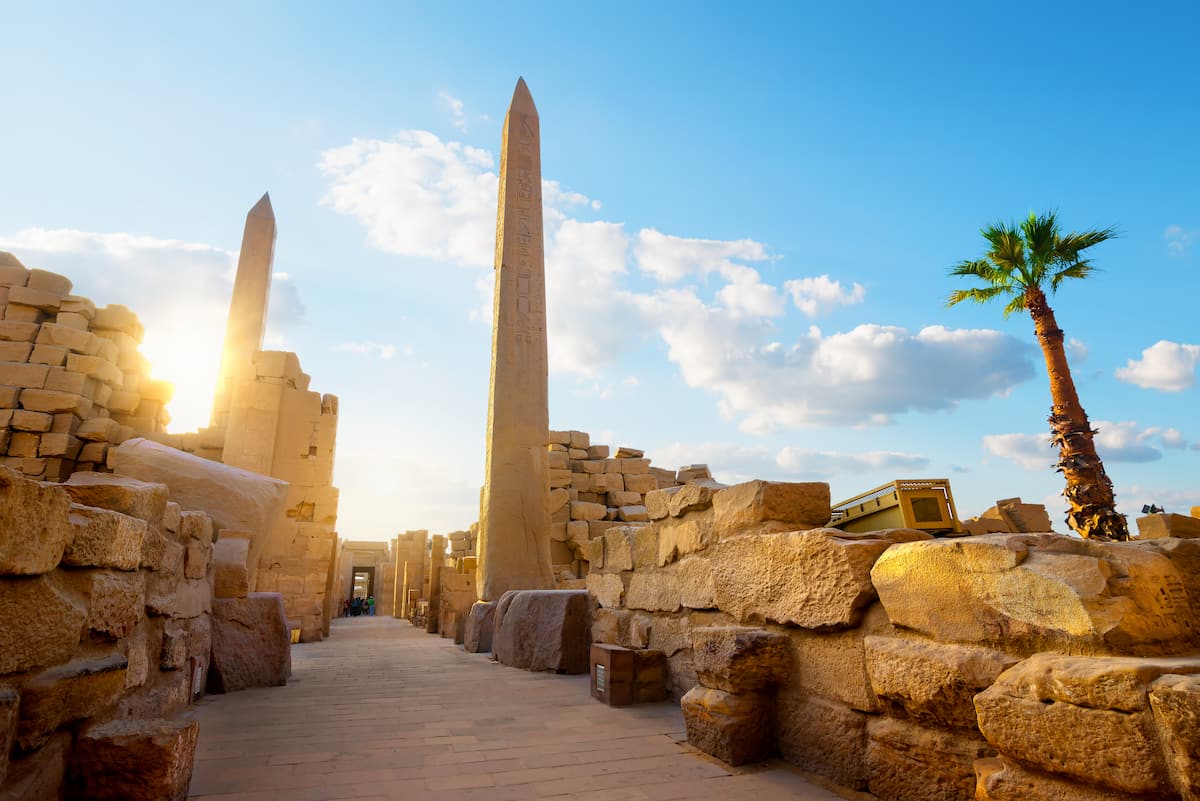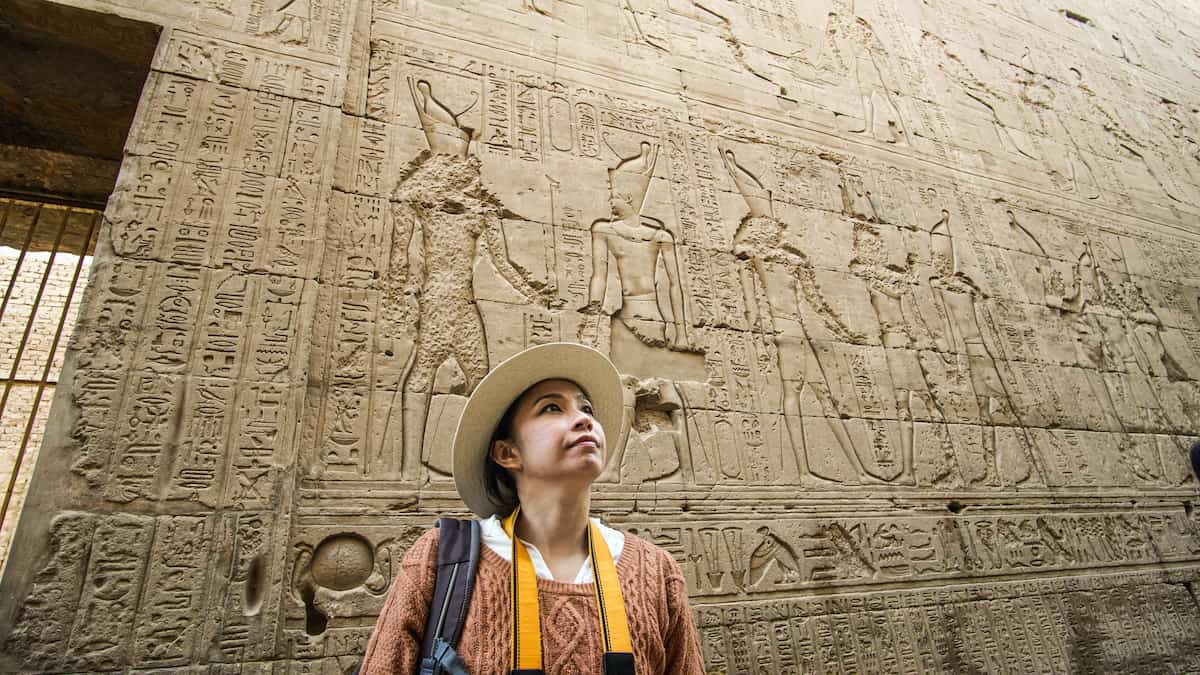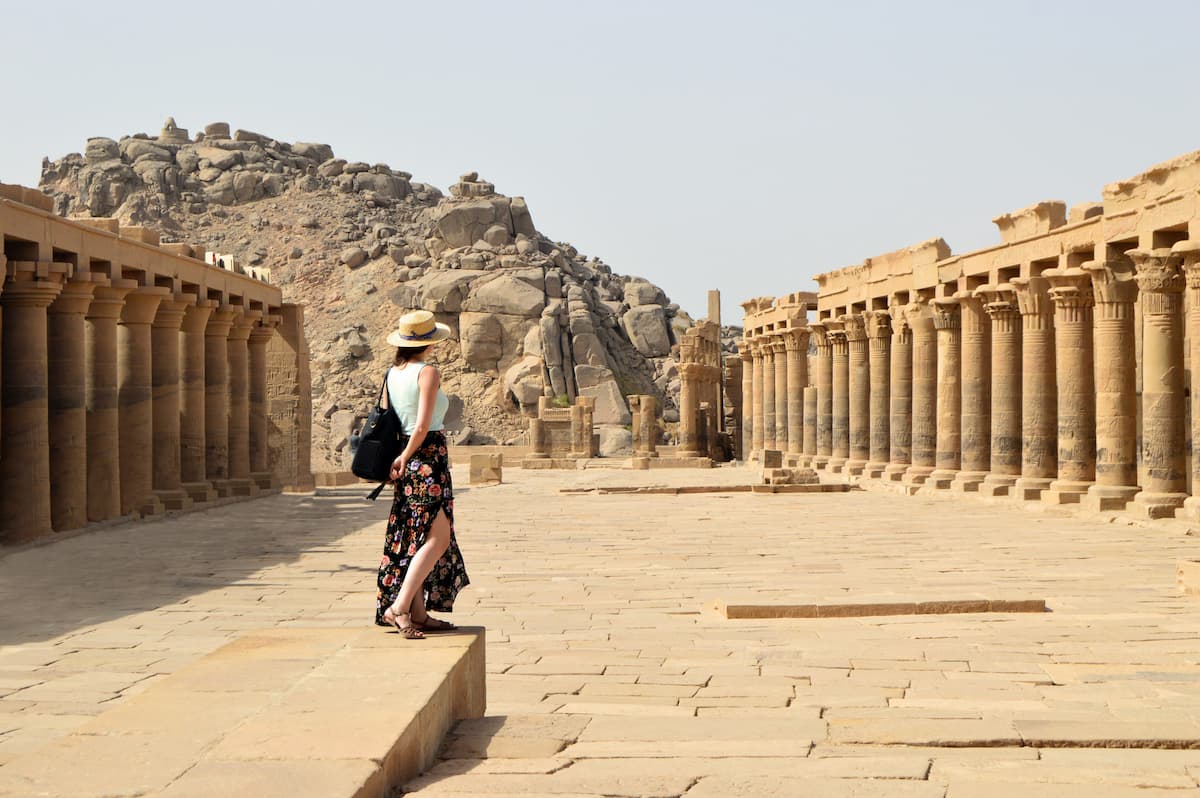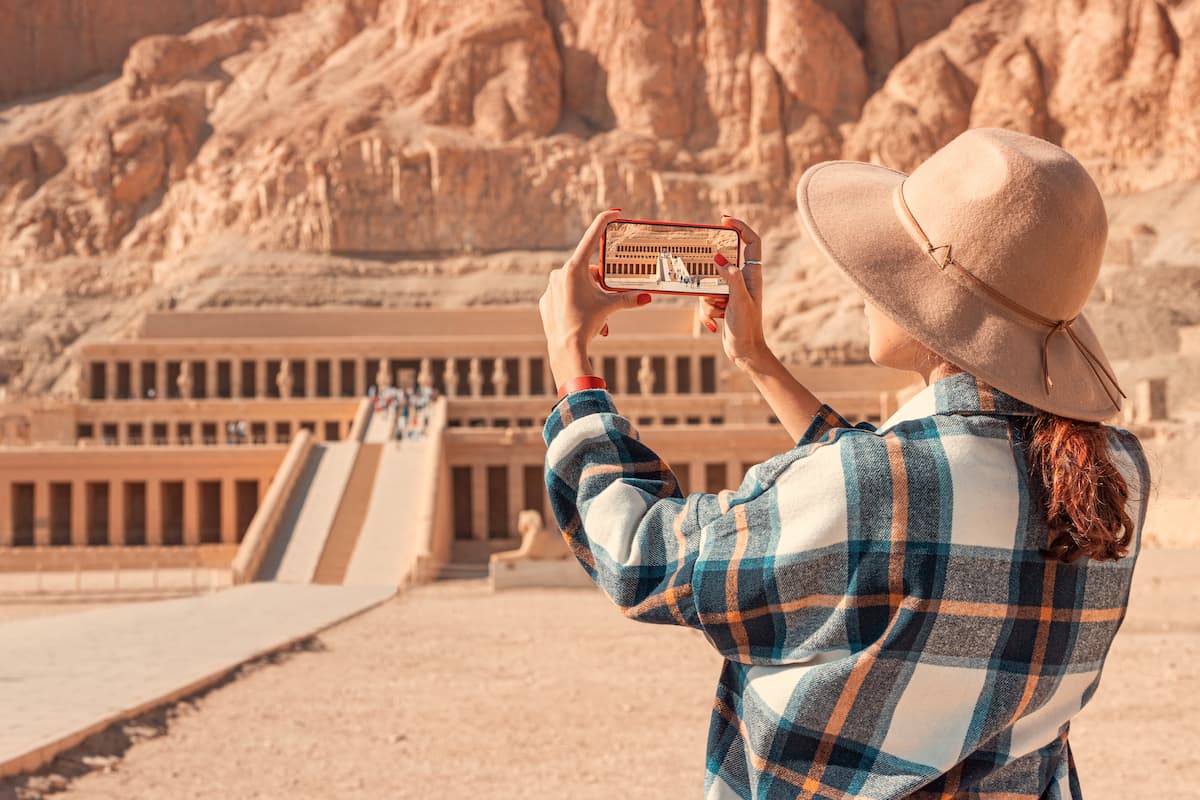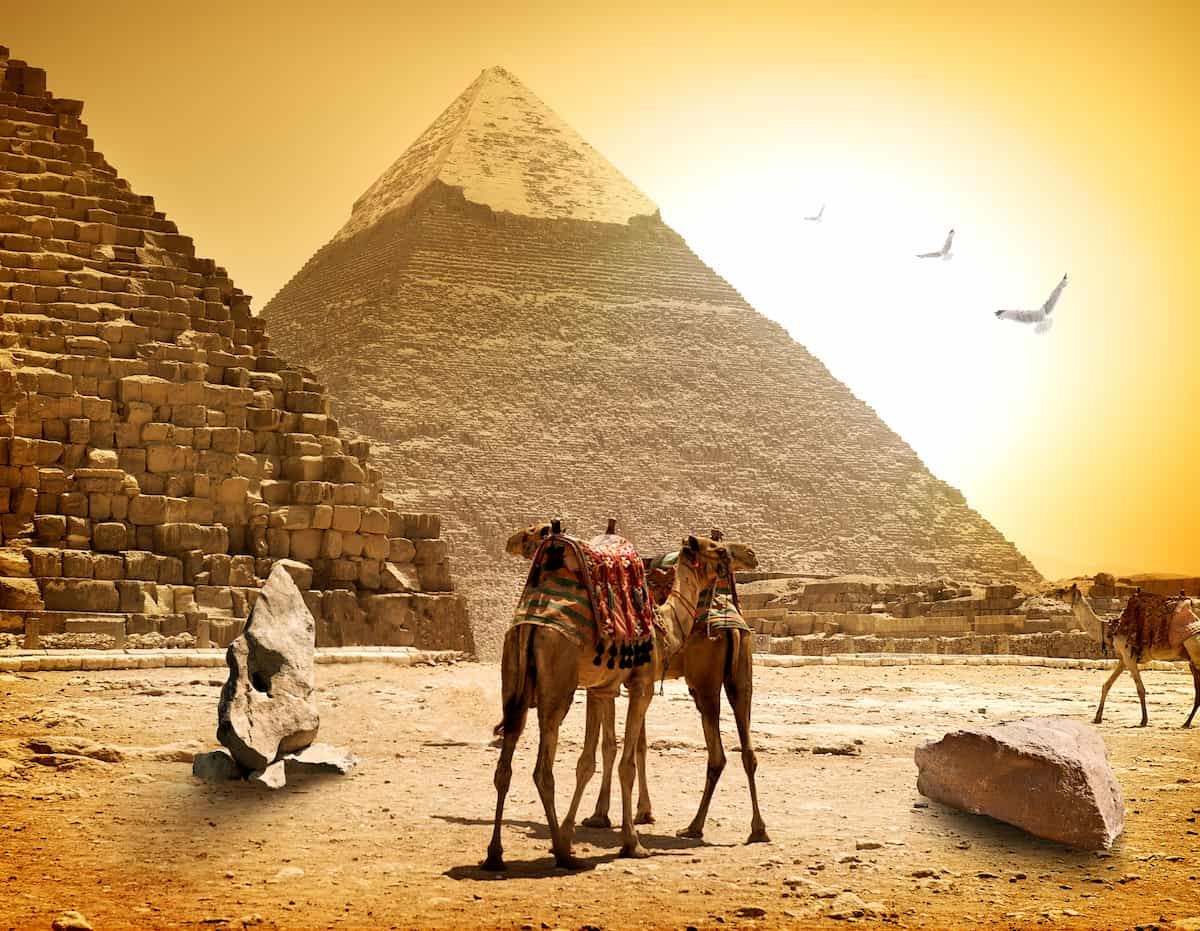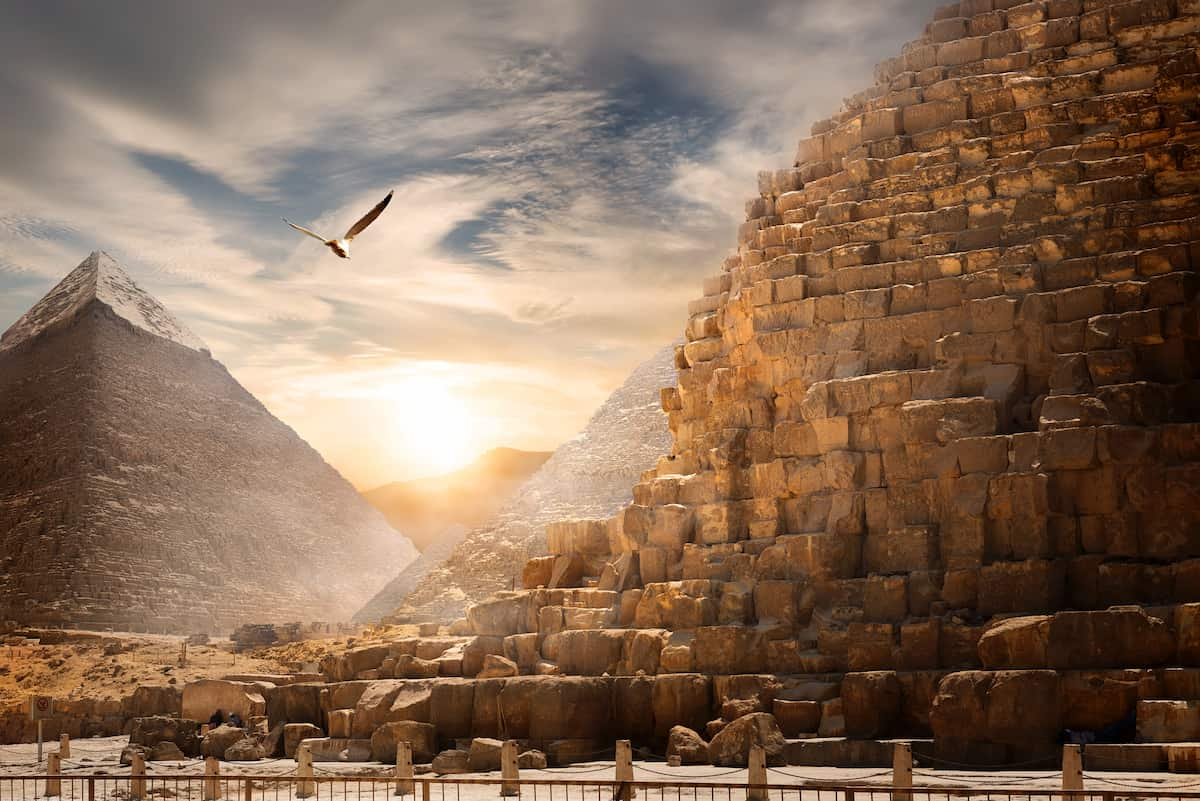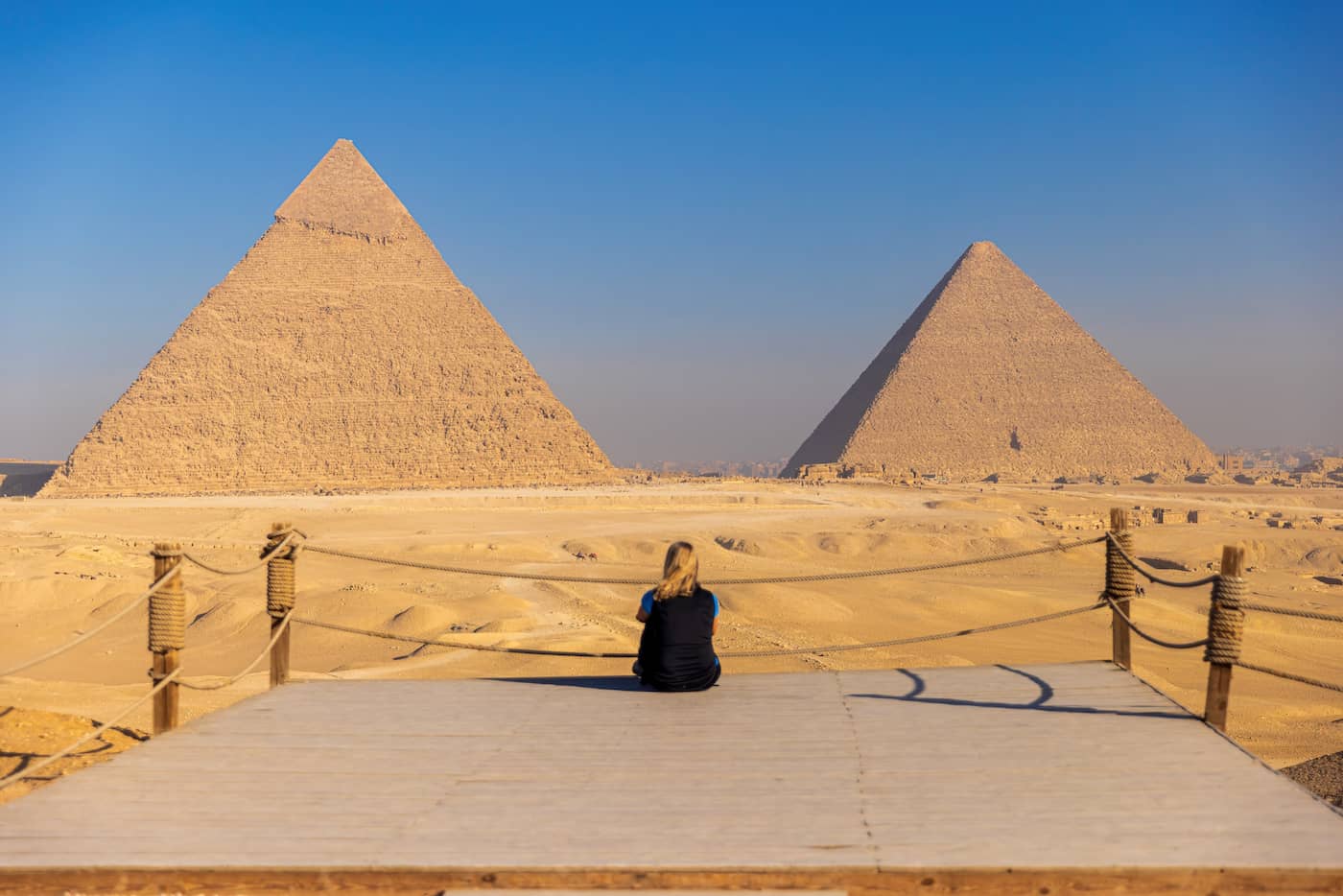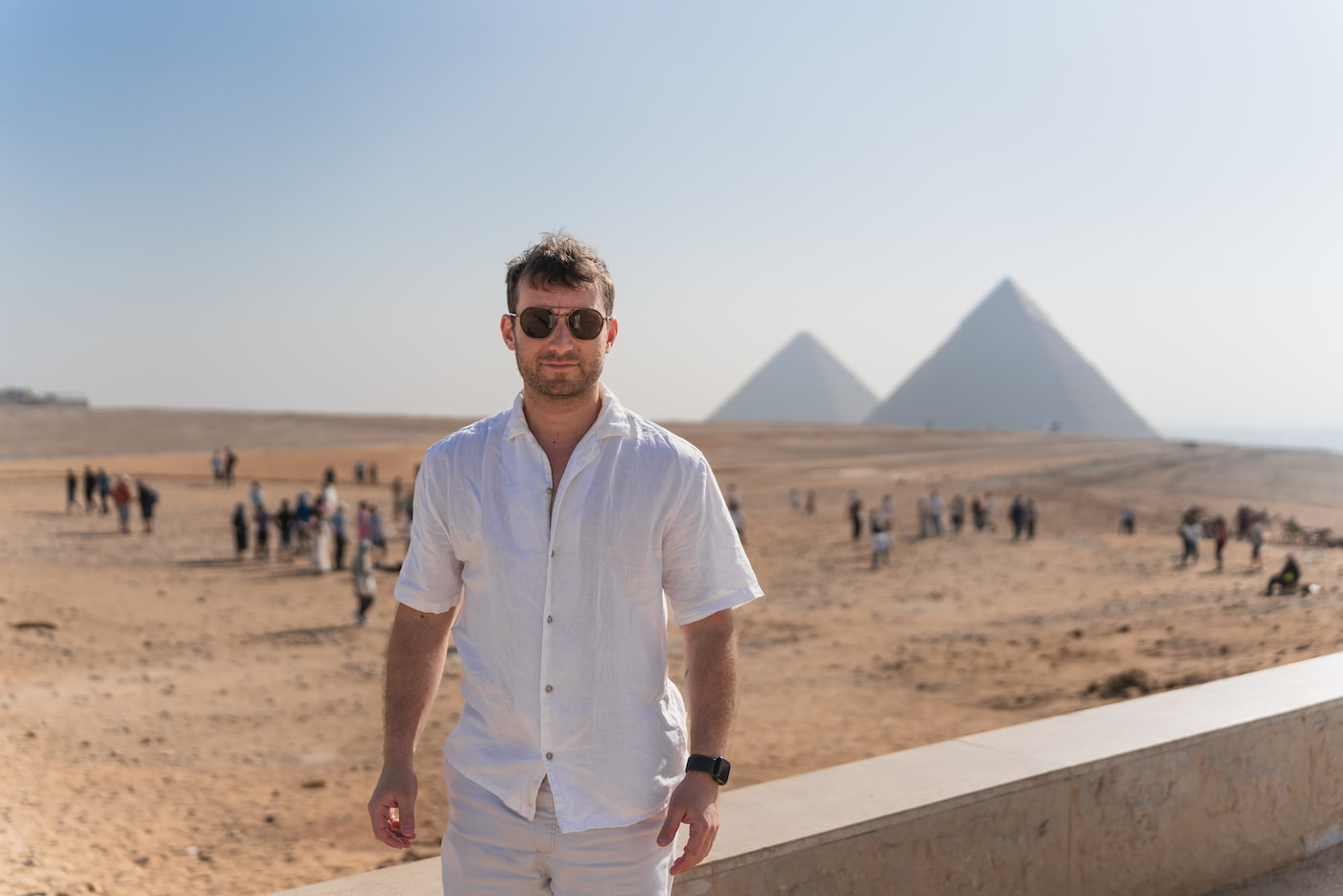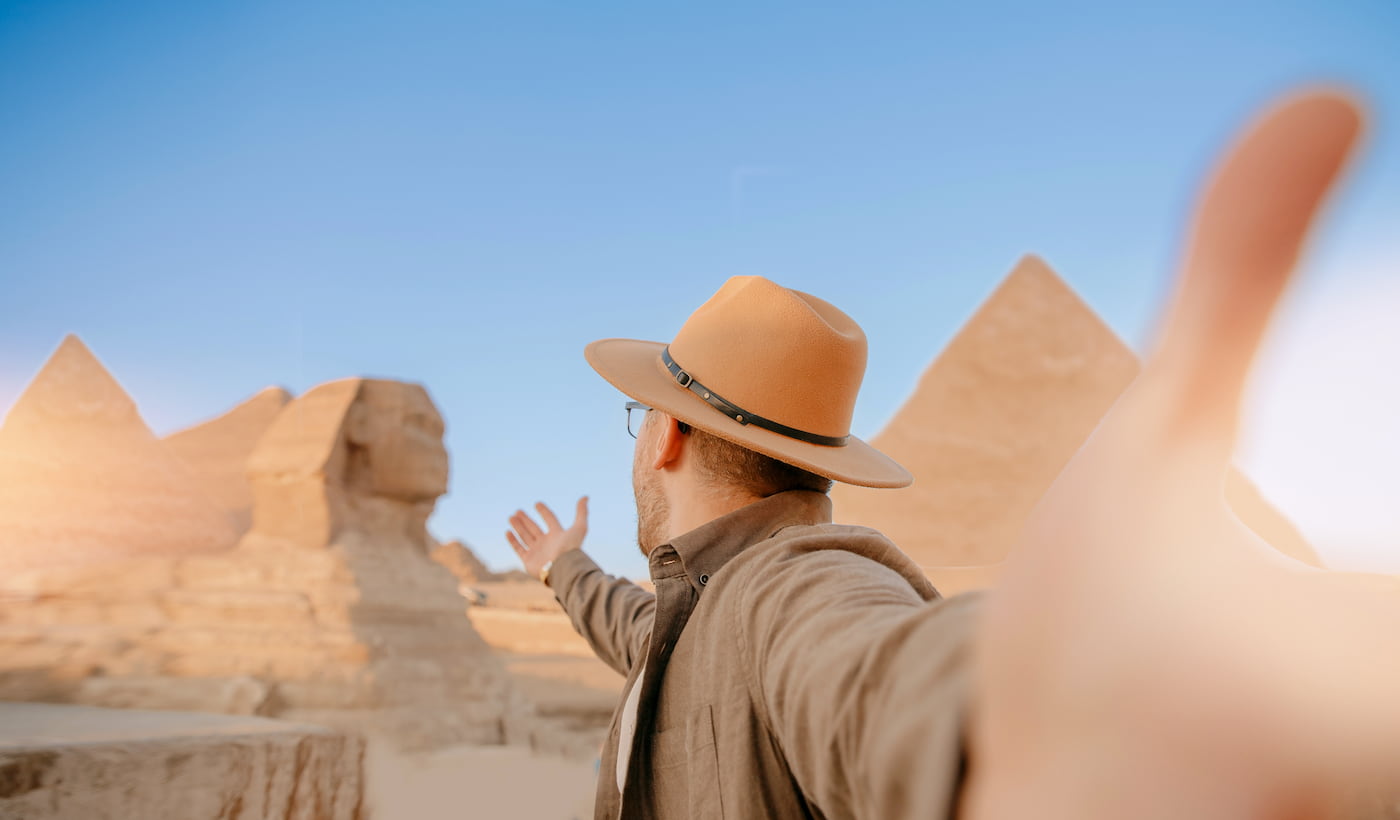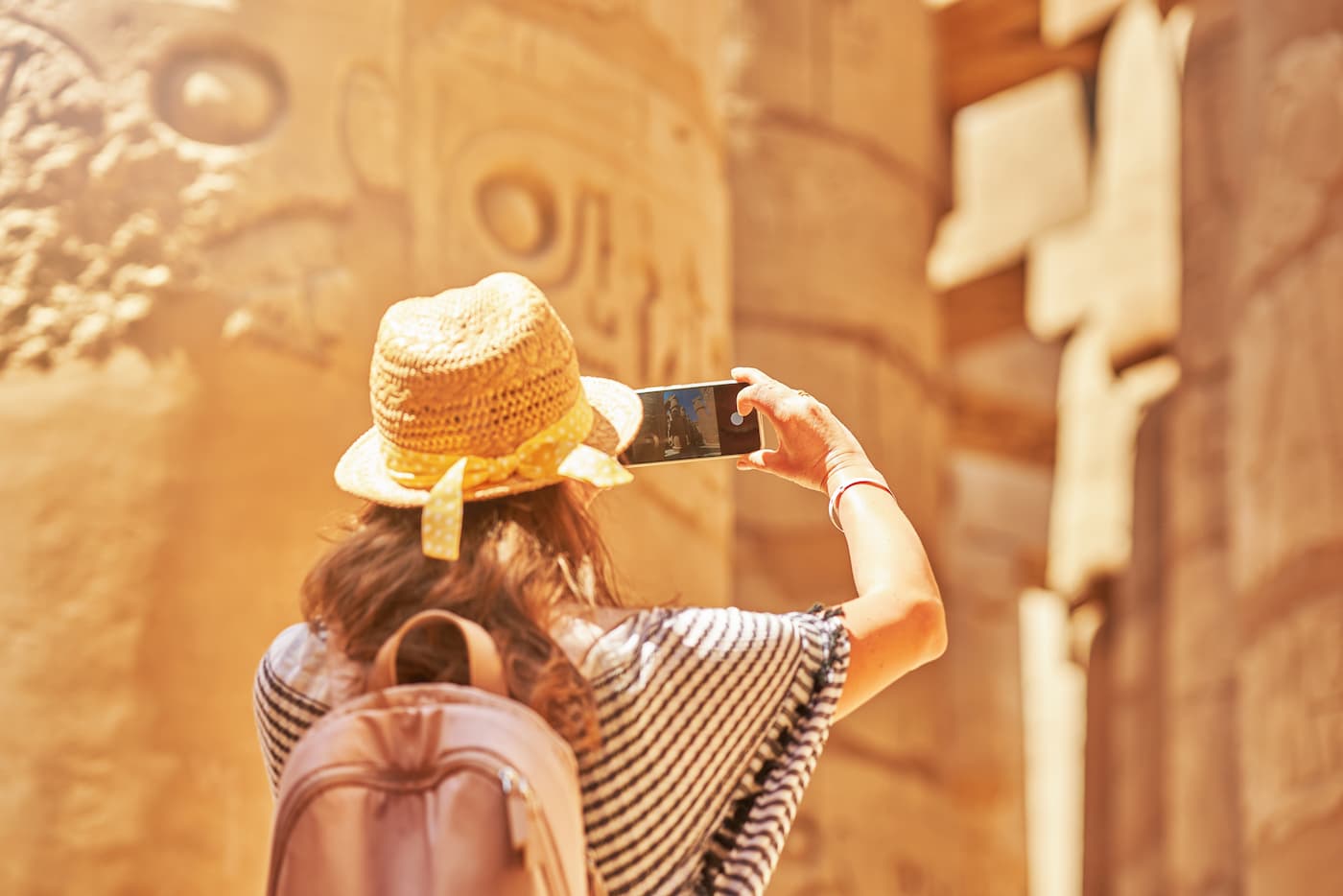Obelisks in Egypt: History, Symbolism, and Global Legacy
People typically associate ancient Egypt with its monumental pyramids and enigmatic Sphinx statue. The Egyptian obelisks function as powerful symbols that represent both spiritual and architectural, and political aspects of Egypt. Thus, these monuments point toward the sky with their pyramidal tips to display artistic excellence while embodying religious meaning and cosmic importance, and worldwide impact.
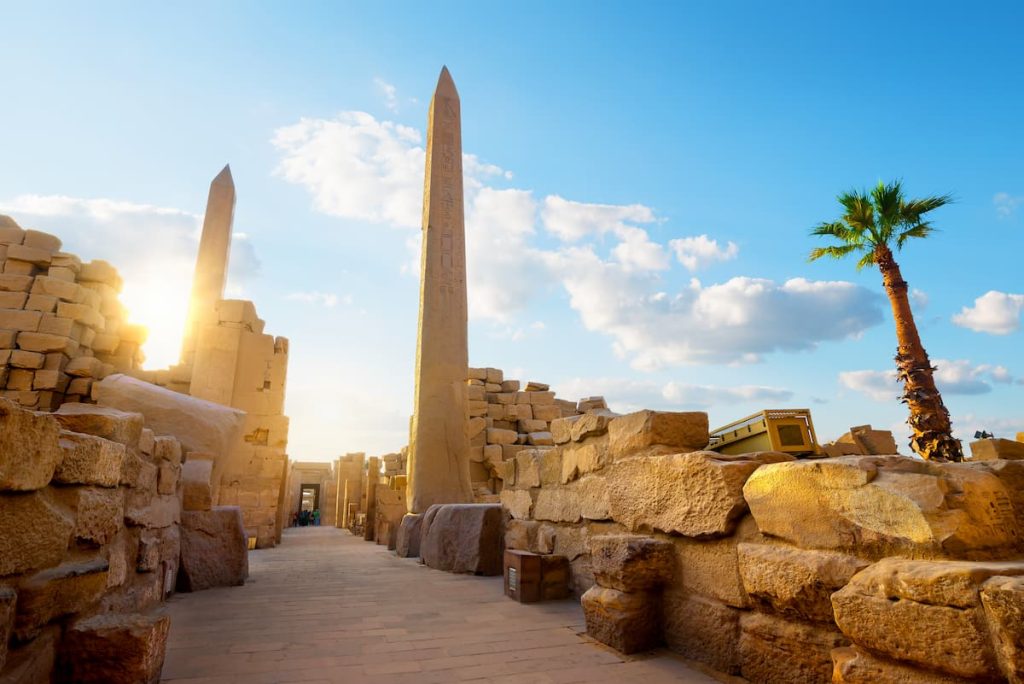
Obelisks in Egypt
The guide provides a detailed examination of Egyptian obelisks through their historical context and symbolic meaning as well as their distribution across the world. Thus, the answers to your questions about Egyptian obelisk numbers and worldwide obelisk distribution can be found in this text.
What Is an Obelisk? (Obelisk Definition and Symbolism)
The obelisk stands as a tall four-sided monument that narrows upward before reaching its pyramid-shaped tip known as a pyramidion. The ancient Egyptians referred to this monument as a tekhen, but the Greek term obeliskos translates to “little spit,” which became the modern definition of obelisk.
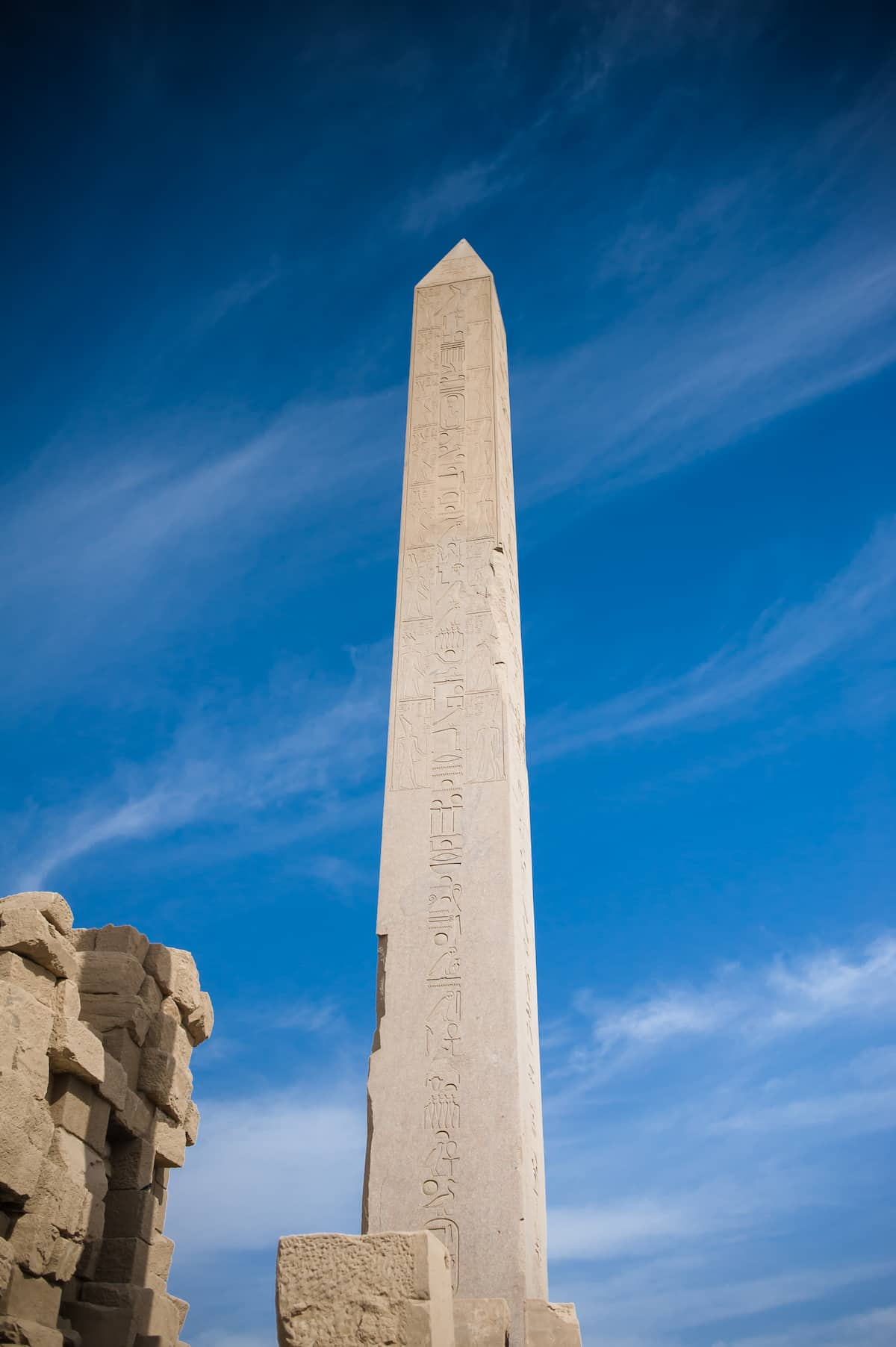
Obelisks Egypt located in Luxor
Obelisk Symbolism in Egypt:
- Solar Power: Obelisks were seen as petrified rays of the sun, connecting the earth with the heavens and representing the sun god Ra.
- The hieroglyphic inscriptions used to glorify pharaohs depicted them as divine beings chosen by the gods.
- The obelisk’s straight unbroken line represented the Egyptian belief in cosmic stability and harmony, and justice.
- The temple entrances acquired their spiritual value because two obelisks functioned as divine markers, which established sacred inner areas.
Obelisks Egypt History: A Testament to Divine Power
The Old Kingdom started the tradition of obelisk construction, but the New Kingdom (1550–1070 BCE) became the period when most surviving monuments were built. Thus, Pharaohs built obelisks to celebrate their victories and to worship deities and to preserve their royal legacy.
Key Figures in Obelisk History:
- Thutmose I and III: Responsible for several towering monuments at Karnak Temple.
-
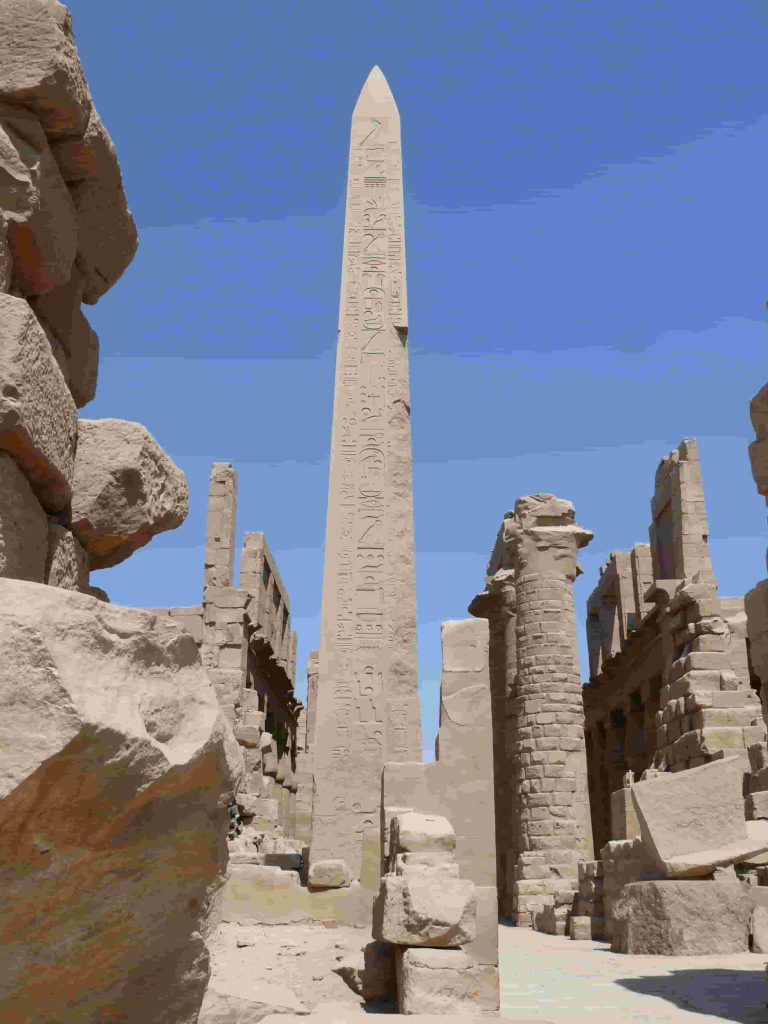
Obelisks Egypt of Thutmosis I in Karnak
- Queen Hatshepsut: Commissioned one of the tallest obelisks still standing today.
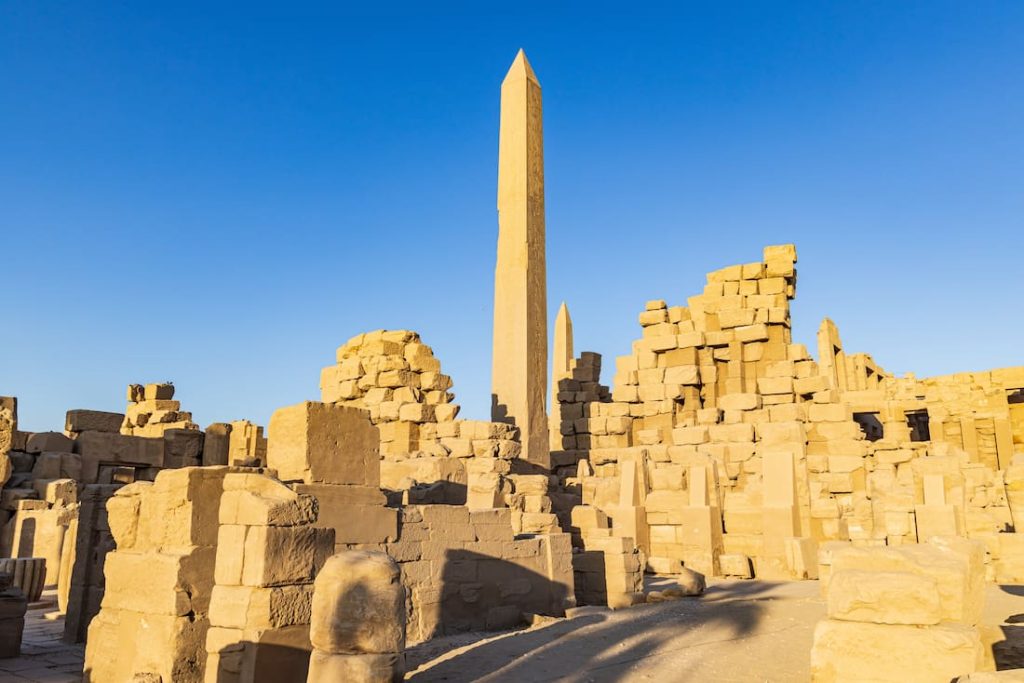
Obelisks Egypt of Queen Hatshepsut
- Ramses II: Constructed numerous obelisks across Egypt, many of which were later transported to Europe.
Granite quarries in Aswan provided the raw material. Thus, the massive single-stone structures were carved and transported, and raised by skilled craftsmen who demonstrated exceptional precision and ingenuity.
Obelisks in Egypt: Meaning: Spiritual and Cultural Significance
Religious Function:
- Obelisks symbolized the Benben stone, which was the mythical landform that rose from the primeval waters during creation.
- The obelisks functioned as sun god Ra offerings and spiritual connection points between heaven and earth.
Cultural Power:
- Obelisks functioned as stone declarations which demonstrated both religious devotion and military strength of pharaohs.
- The temple entrance placement of obelisks demonstrated how the ruler received divine protection and gained legitimacy
Obelisks Egypt Facts: Astonishing Details You Should Know
- Single Stone Construction: Most obelisks were carved from a single granite block, weighing hundreds of tons.
- The pyramidion received gold or electrum coverings which served to reflect sunlight.
The Lateran Obelisk in Rome, which started at Karna, stands as the tallest surviving obelisk at more than 32 meters. - The Unfinished Obelisk: Found in Aswan, it would have been over 40 meters tall and is still partially attached to the quarry.
- Transported Obelisks: Of the original Egyptian obelisks, more now stand in cities outside of Egypt than within its borders.
Obelisks in Egypt Map: Where to Find Ancient Obelisks in Egypt Today
Several Egyptian obelisks continue to stand in Egypt while many others have been relocated to European and North American cities for people to experience the ancient architectural and spiritual achievements. The Obelisks Egypt map shows important locations, including Karnak Temple in Luxor, which houses the tallest surviving obelisks, including the Obelisk of Hatshepsut, which was built by a female pharaoh.

Obelisks Egypt of Thutmose III In Karnak
The Obelisk of Senusret I stands at Heliopolis, which was the ancient sun worship center near present-day Cairo to mark the former temple complex. on the other hand, the Unfinished Obelisk at Aswan quarry shows both ancient carving methods and the original size of planned monuments to visitors.
During the Roman and colonial periods ,Egypt lost more than two dozen of its original obelisks which were moved to foreign lands. The cities of Luxor, Aswan and Cairo maintain several of these massive stone pillars. Travelers who use a contemporary obelisk map of Egypt can trace the historic path between Upper and Lower Egypt to find the original sites where these powerful symbols were dedicated to gods and kings and cosmic order.
How Many Obelisks Are in Egypt?
Egypt currently maintains about 9 major ancient obelisks that remain upright. These structures are situated mainly in:
- Karnak Temple (Luxor)

Obelisks Egypt in Karnak temple
- Heliopolis (Cairo)
- Philae Temple (Aswan)
- Abu Simbel
- The obelisk of Senusret I remains intact at Matariyya district in Cairo.
The majority of smaller or damaged obelisks exist in museums alongside their original locations where they fell.
Egyptian Obelisks Around the World
The majority of genuine Egyptian obelisks exist outside Egypt’s borders rather than inside the country. The Roman emperors and modern nations received these monuments either through theft or as gifts.
Famous Egyptian Obelisks Abroad:
- Luxor Obelisk – Now in Place de la Concorde, Paris.
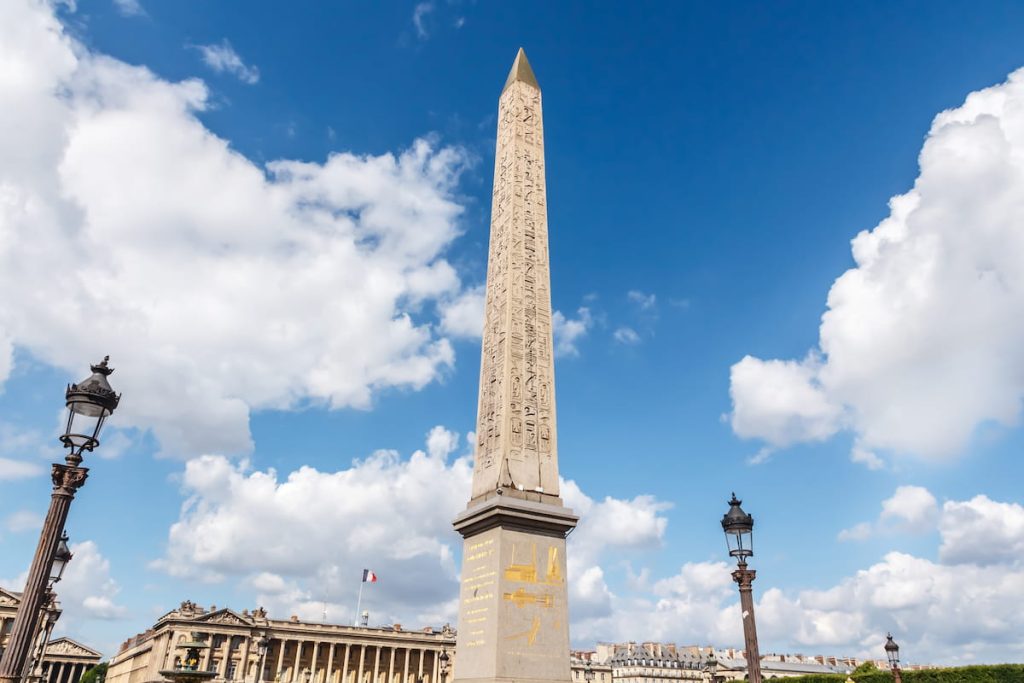
The Luxor Obelisk I Egypt, at the center of Place de la Concorde, Paris, France
- Cleopatra’s Needle – Located in London and New York City (originally from Heliopolis).
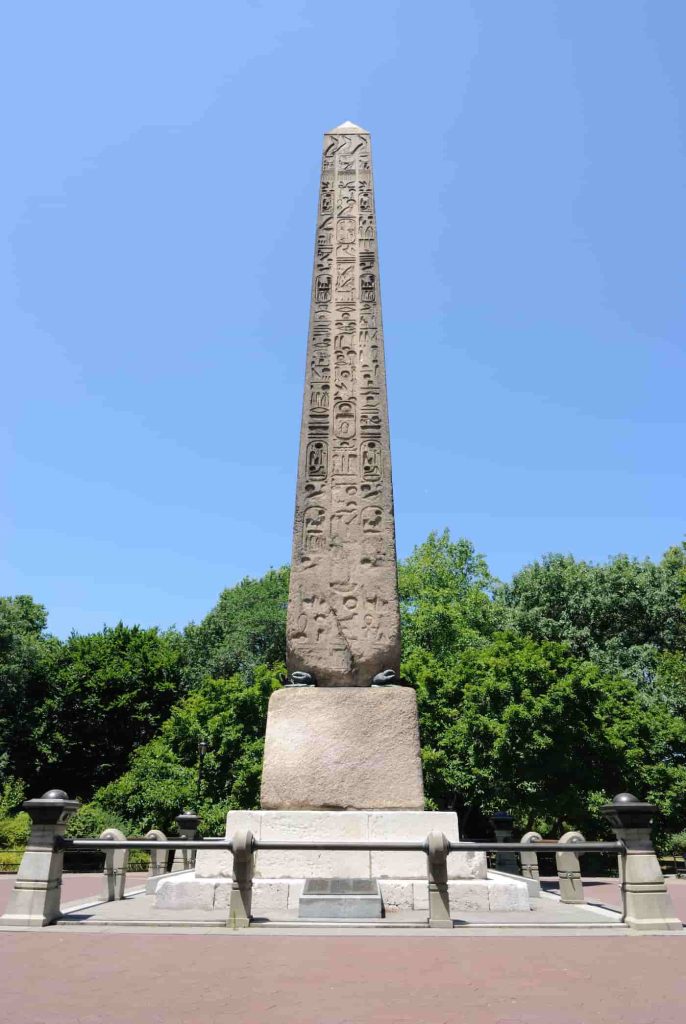
Obelisks of Egypt on display in Central Park, New York City.
- Lateran Obelisk – The tallest ancient obelisk, in Rome, was once at the Karnak Temple.
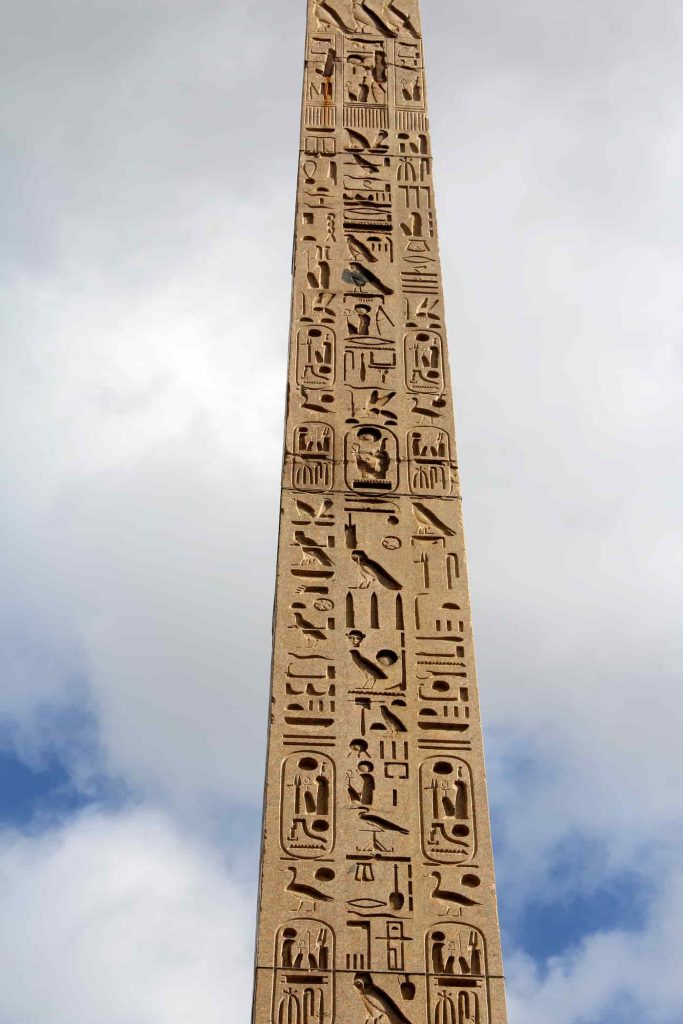
Egyptian Obelisk in Rome
- Obelisk of Theodosius – Stands in Istanbul, brought from Luxor by Emperor Theodosius I.

Obelisk of Theodosius from Istanbul, Turkey
The public squares and parks display these obelisks as their central attractions while millions of people fail to recognize their Egyptian heritage.
How Many Obelisks Are in the World?
The total number of existing ancient Egyptian obelisks reaches approximately 29.
- Egypt: 9
- Rome, Italy: 13
- Istanbul, Turkey: 1
- Paris, France: 1
- London, UK: 1
- New York, USA: 1
- Vatican City: 1
- Israel: 1
- Poland and other European countries: Several modern replicas and partial remains
The Egyptian form has inspired numerous modern obelisks which appear in war memorials and civic architecture, and monuments throughout the world.
What Were Obelisks Used for in Egypt?
The ancient Egyptians built obelisks to fulfill both spiritual and governmental needs. The sacred monuments dedicated to Ra functioned as symbols of solar rays which established divine links between heaven and earth. Thus, the obelisks reached great heights with pyramidions at their tips which received gold or electrum coatings to reflect sunlight and enhance their sacred meaning.
The temples at Karnak and Luxor received their entrances with two obelisks which served as sacred markers. The monuments functioned as everlasting tributes to demonstrate pharaohs’ religious devotion along with their strength and their achievements. In addition, The hieroglyphic inscriptions on their sides presented the ruler’s accomplishments while honoring his military triumphs and religious worship of deities.
The political aspect of obelisks existed alongside their religious significance. The construction of these enormous structures showcased pharaohs’ mastery of engineering together with their control of workforce and resources. These structures functioned as public monuments which displayed the divine authority of kings to both residents and foreign visitors.
The obelisks functioned as solar markers which sometimes followed astronomical events such as solstices to demonstrate the Egyptians’ sophisticated knowledge of celestial bodies.In addition, these monuments combined spiritual significance with power symbolism and architectural excellence to establish their permanent position in Egyptian cultural history.
Modern Influence and Cultural Significance
Modern architecture and memorial design have been shaped by the long-lasting popularity of obelisks.
- The Washington Monument in the United States serves as a well-known contemporary example of an obelisk structure.
- Many cemeteries, memorials, and government buildings use obelisk-shaped structures to convey strength, stability, and honor.
The obelisk maintains its symbolic meaning of light, truth, and eternal life in Freemasonry and other symbolic systems.
Visiting Obelisks: Travel Recommendations
Travelers can connect with Egypt’s divine heritage through the physical presence of obelisks. Here are some must-visit sites:
- Karnak Temple (Luxor) – Home to towering obelisks of Hatshepsut and Thutmose III.
- Unfinished Obelisk (Aswan) – Provides rare insight into ancient construction techniques.
- Philae Temple (Aswan) – Smaller obelisks near the restored temple of Isis.
- Heliopolis (Cairo) – Obelisk of Senusret I in the Matariyya district.
- Luxor Temple – Where the twin of the Paris obelisk once stood.
Conclusion
The obelisk represents more than architectural skill because it functions as a cultural symbol that crosses national and temporal boundaries. Egyptian obelisks started as sacred symbols of the sun god Ra in ancient times and now serve as modern global landmarks that attract worldwide fascination.
The monuments serve as silent historical narrators of Egypt’s divine past through their presence in Karnak temples and their elevation above the Place de la Concorde. Thus, the lasting impact of these monuments demonstrates the advanced spiritual and powerful achievements of one of the most renowned ancient civilizations in the world.
Every obelisk you encounter anywhere in the world represents an everlasting stone structure of eternal design.

